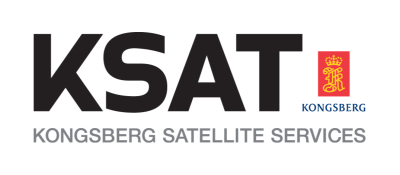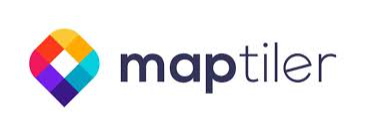DGI 2026
23 - 25 February 2026
Queen Elizabeth II Centre, London
Interview Jack Hild2
Jack Hild - Interim Chief Information Officer, Digital Globe
Interim Chief Information Officer, Digital Glove,,speaks to DGI's Online Editor Dan Mellins-Cohen about the use of imagery and their use of geospatial information.
Video transcript:
Maybe you could tell us a bit more about your chosen topic this morning?
The presentation today really talked about the four areas of commercial imagery. It goes from looking at the advances in resolution and accuracy, which are pushing towards the limits right now. I talked a little bit about the speed, so the time it takes to take an image and then get it to a user, dramatic improvements in that over the last five years or so. Then I closed with talking about content, content is really what it’s all about these days. [Lancehead 00:00:56] started it 40 years ago, but we’re seeing more advances in sensors and more and more people are figuring out ways to manipulate all of those bands to discover new things.
So this is really, I think, one of the biggest things, this interoperability and collaboration. What are some of the biggest projects that you’re working on collaboratively and in that what some of the biggest challenges have been?
Obviously collaboration’s a huge theme here, I’ll do a real quick shout out for the NGCP, because I’ve heard so much about that over the last couple of days. Probably the best collaborative geospatial effort in the world.
From a Digitalglobe stand point, we’ve got one product that we’re really excited about, it’s called Global [Base Map 00:01:39]. If you think of individual country mosaics that are seamless, they’re gorgeous pictures of a country. Those are some of the things that we’re really focussing on.
What we’re expecting to do over the next year is move to a time where every day when images are collected, they’re merged into these country databases so that you truly get a constantly refreshing picture of the world. We think there’s a lot of opportunities both for government and commercial users for that.
I think one of the biggest changes that I’ve noticed certainly at DGI is this move that it’s become more than just defence. As you said, it’s governmental, it’s institutional, we’re suddenly seeing a lot more of the emergency services and similar getting involved. What kind of changes have you seen as one of the vendor companies?
Certainly I would agree with you, it’s been really interesting to watch the commercial. Governments are very mature in their use of imagery and their use of geospatial information. More and more we’re seeing commercial companies, who didn’t even realise that it was important, are finding that they can do their business better and more efficiently by using geospatial information.
Certainly the emergency [preparedness 00:02:49] and the emergency response [is key]. That’s one of the things that Digitalglobe can offer, is with our satellite constellation, we can get pictures quickly over emergency areas. We’ve developed some products that countries and companies have bought so that they can respond when there’s some emergency over their particular area of interest.




























































